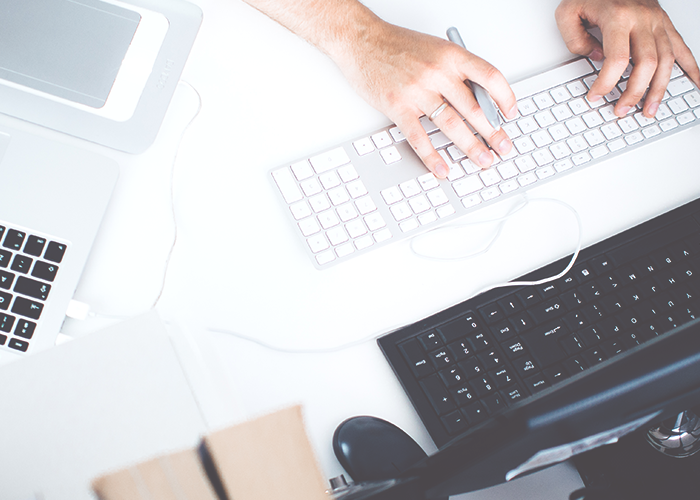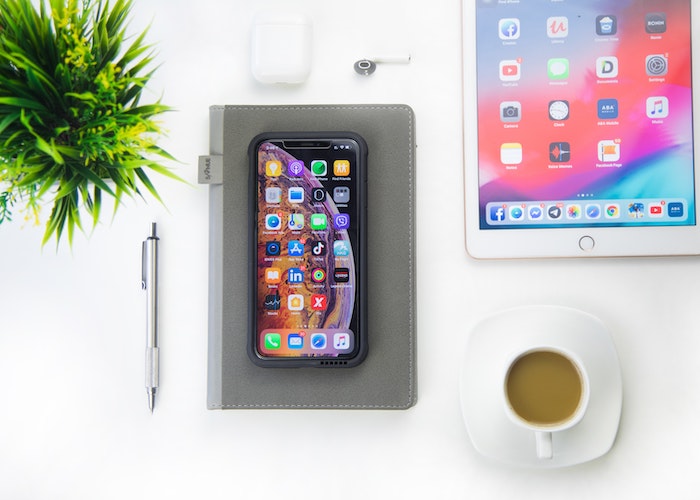Email Anxiety: 7 Rules For Overcoming Your Fear Of The Send Button
Email anxiety can easily derail your focus and productivity at work. Like all stress, it’s something you have to learn to manage so you can finish your work in a timely fashion. Here’s how to keep your anxiety at bay and master the art of the work email.
1. Limit email checks to one or two times a day.
A large contributor to email anxiety is constant inbox supervision. Frequently stopping your work in its tracks to read and respond to emails is much more stressful than it is beneficial — even though you’re keeping your unread emails at zero. By setting an email schedule, you create a sense of structure for when and how you handle emails, which can help tremendously in reducing email anxiety. It might not be feasible for you to only answer emails once a day, but checking email for an hour in the morning and the afternoon should be more than enough for many office jobs (not all, alas).
Checking your emails in the morning allows you to stay on top of any unexpected things that you need to handle that day and respond to the most urgent messages. Don’t try to answer each email you have in the morning. The morning is your most productive, creative part of the day, so you don’t want to waste that time on emails. Only answer the ones you absolutely have to and save the rest for your afternoon email time. In the afternoon, read new emails, answer the leftovers from the morning, and send the cold emails you need to.
If you can, avoid your inbox after you leave the office. Checking your emails after hours can dissolve any illusion you have of work-life separation. And that’s an easy separation to lose control of, if you aren’t diligent about protecting it.
2. Unsubscribe from every mailing list you don’t care about.
You know how irritating it is to open your email to 50 newsletter messages from schools begging you to join their program, Etsy recommendations, and all that other garbage. You don’t have to tolerate it or spend time deleting these every day. Unsubscribe from any email list you don’t actually enjoy reading and definitely the ones you didn’t sign up for.
It’ll take you a little bit of time, initially, but you’ll be so glad you did in the long run. It’ll be one less thing for you to deal with on a daily basis. Those little bitty things contribute more to unnecessary life clutter than you realize.
3. Practice balance between professional and personal tone.
In order to grab someone’s attention in an email and leave a lasting (positive) impression, you have to strike that balance between flawlessly professional and undeniably personable. It’s not easy at first, but with practice and repetition, you can learn to do this seamlessly. Think about what impression you want to give as a person and then how you can incorporate that into a polite, professional email format.
I know I feel much more excited to answer an email when it’s from someone who takes the time to wish me a good day or tell me they enjoyed something I’ve written. Emails are conversations at the core, so you need to keep that in mind when sending them. Wish the recipient a happy Wednesday at the end of the email, express why you enjoy their work, and wish them a happy holiday if it’s around the season. You wouldn’t speak to someone in person without asking how they are, so you shouldn’t forget your manners in an email either.
4. Do your research before hitting send.
Nothing eases anxiety like thorough preparation. You don’t want to send an email to the wrong person or with incorrect information included. I’ve found one of the best ways to manage my email anxiety is by doing extra research on the person or company I’m messaging and double-checking everything to make sure it’s 100% correct. This includes how their name is spelled (and typos of any kind).
If you’re pitching something, then make sure you know everything about the company you’re pitching to and have modified your pitch with the right angle and information. A salsa company doesn’t care about running shoes; they care about queso and tortilla chips. You wouldn’t be impressed with an email from someone who clearly doesn’t know or understand what you do for a living, either.
5. Prevent excessive correspondence.
One of the best pieces of advice I’ve found (particularly as a writer often looking for more writing opportunities) is to cut out excessive correspondence. Instead of sending an email asking to pitch an idea or with one sentence explaining the piece I want to write, it’s more effective and impressive if I send a fully-finished piece for consideration. This way, the recipient doesn’t have to ask for my idea, request writing samples, or wait for me to finish the piece. It’s already in the email for them to consider.
Keep this in mind when you send your emails. How can you most efficiently and quickly have this issue or project discussed? The fewer emails you need to send and the fewer they need to read, the better.
6. Set a time limit for drafting and editing emails.
If you’re like me, then you’ll spend hours on one email. Agonizing over word choice and rewriting a million times is not a good use of your time. There comes a point when you have to stop editing and perfecting an email and just send it. Give yourself 20-30 minutes to write your emails in the afternoon, and stick to it. This will keep you from spending too much time on your messages.
Remember that the most important thing is corresponding with people. Yes, proofread, do your research, and make sure you’re being very clear in the message — but don’t let email anxiety turn those necessary steps into obsession.
7. Remember: email is not life or death.
Before you start typing up a response or drafting an initial message, remind yourself that email is not the be-all-end-all of your life or career. Yes, good emails are important for your working relationships and career growth, but one less-than-perfect message is not going to mess up your life. These are just emails. So take a deep breath and start typing.
Terra is an Arkansas-based writer who spends her free time obsessing over her planner, debating between working out or eating, and singing to her dog, Gatsby, even though he hates it. She also writes for Earn, Spend, Live blogs here.
Image via Pexels





